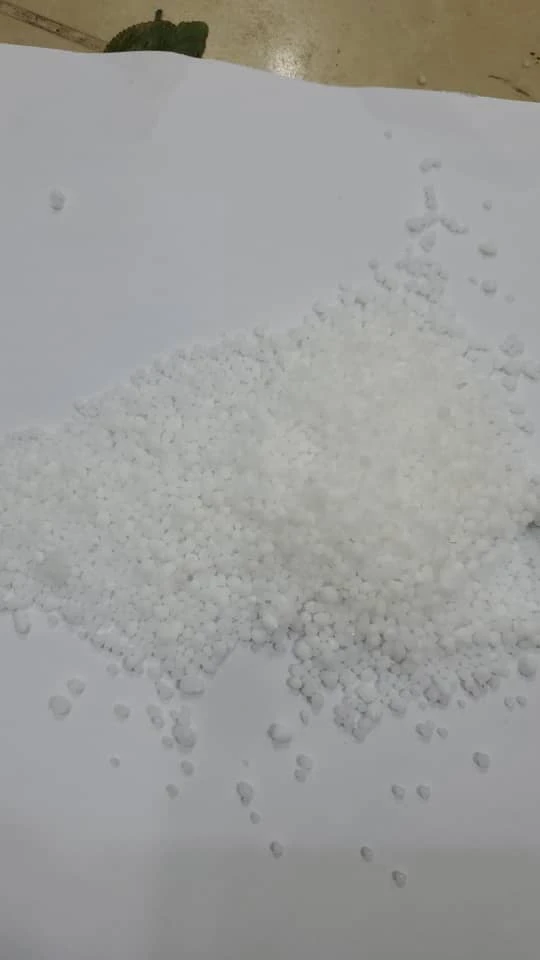



sodium sulphide structure
The Structure of Sodium Sulphide (Na2S)
Sodium sulphide (\(Na_2S\)) is an inorganic compound composed of sodium and sulfur elements, commonly recognized for its diverse industrial applications. It often presents in the form of white or yellowish crystals, which are highly soluble in water. To understand sodium sulphide's properties and uses better, it is essential to delve into its structural characteristics.
Molecular Structure
The molecular structure of sodium sulphide involves two sodium (Na) ions and one sulfide (S\(^{2-}\)) ion, following the formula \(Na_2S\). Each sodium ion carries a single positive charge due to the loss of one electron, whereas the sulfide ion carries a double negative charge by gaining two electrons. This ionic bonding results in a stable compound through the electrostatic attraction between oppositely charged ions.
The arrangement of these ions in sodium sulphide is crucial to its solubility and reactivity. In a solid state, sodium sulphide forms a crystalline lattice, where the sodium ions (Na\(^+\)) occupy interstitial positions surrounding the larger sulfide ions (S\(^{2-}\)). The crystal structure can be described as face-centered cubic (FCC), which is a common configuration for ionic compounds. The spatial arrangement leads to a compact structure, providing stability to the compound.
Crystal Lattice and its Implications
The crystal lattice of sodium sulphide not only provides insight into its structure but also influences its physical properties. The strong ionic bonds within the lattice give sodium sulphide its characteristic properties, such as high melting and boiling points compared to covalent compounds. When heated, sodium sulphide can decompose, releasing sulfur dioxide gas (\(SO_2\)), an important consideration in its handling and applications.
Temperature and pressure variations can lead to changes in the crystal structure and phase of sodium sulphide. Under normal atmospheric conditions, it exists as a stable solid. However, upon heating, the crystal lattice can break down. This susceptibility to environmental changes is a critical factor in its storage and transportation.
Chemical Properties
Sodium sulphide's ionic structure also underpins its chemical reactivity. It readily reacts with acids to release hydrogen sulfide gas (H\(_2\)S), which is known for its characteristic foul smell reminiscent of rotten eggs. This reaction exemplifies sodium sulphide's role in producing H\(_2\)S, a compound that has significant relevance in various chemical syntheses including in analytical chemistry for detecting heavy metals.
sodium sulphide structure

Furthermore, sodium sulphide acts as a reducing agent, which allows it to participate in redox reactions. This property is exploited in various industrial processes, such as in dye production, paper pulp manufacturing, and water treatment. In the leather industry, it is commonly used in the depilation process, where it aids in removing hair from animal hides.
Uses in Industry
The structural characteristics of sodium sulphide, particularly its ionic nature and ability to transform in different conditions, lead to its wide array of industrial applications
.1. Paper Industry Sodium sulphide is used in the kraft process of pulp production, where it facilitates the digestion of wood chips, breaking down the lignin that binds cellulose fibers together.
2. Leather Processing It is integral in removing hair from animal hides during the tanning process, providing a clean surface for further treatment.
3. Chemical Synthesis It serves as a precursor for several chemicals, including sodium thiosulfate, which is employed in photography and as an antiseptic.
4. Water Treatment In water purification, sodium sulphide is used to precipitate metal ions, thus aiding in the removal of heavy metals from wastewater.
5. Analytical Chemistry As a reducing agent, it finds applications in qualitative analysis, particularly in the identification of metallic ions through the formation of insoluble sulfides.
Conclusion
The structure of sodium sulphide is fundamental to its properties and applications in various industries. The ionic configuration and the nature of its crystalline lattice not only enhance its stability but also endow it with significant chemical reactivity. As a compound that plays a crucial role in manufacturing, environmental management, and analytical chemistry, sodium sulphide is undeniably an important material in the modern industrial landscape. Its diverse applications continually underscore the relevance of studying its structural properties in both academic and practical contexts.
-
Why Sodium Persulfate Is Everywhere NowNewsJul.07,2025
-
Why Polyacrylamide Is in High DemandNewsJul.07,2025
-
Understanding Paint Chemicals and Their ApplicationsNewsJul.07,2025
-
Smart Use Of Mining ChemicalsNewsJul.07,2025
-
Practical Uses of Potassium MonopersulfateNewsJul.07,2025
-
Agrochemicals In Real FarmingNewsJul.07,2025
-
Sodium Chlorite Hot UsesNewsJul.01,2025










